AS6 COMPLEX FORMING
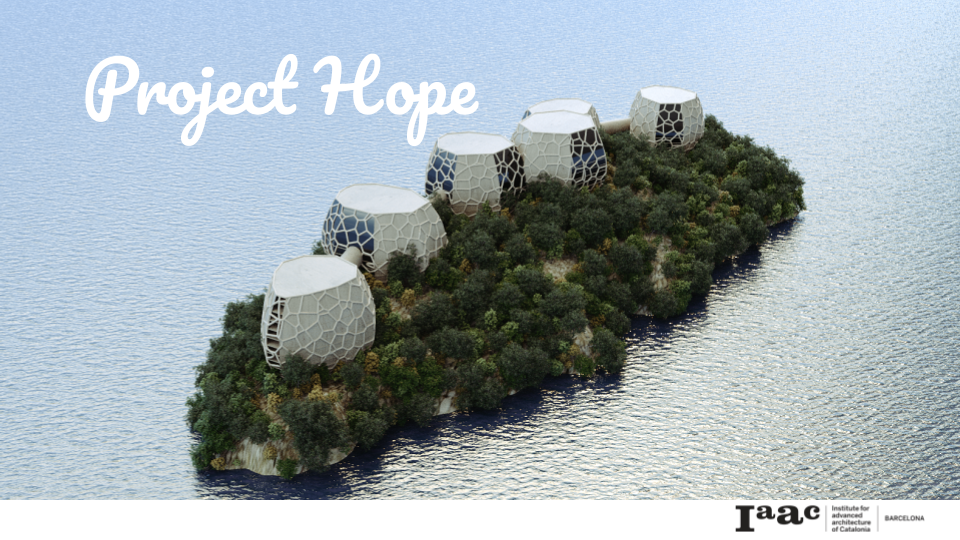
Design Concept and Computational Design System for Project HOPE
“Project HOPE” is an innovative prison design that shifts the focus from punishment to rehabilitation. The project is built on the principle of creating therapeutic environments that support mental well-being and personal growth within correctional facilities. By employing a robust Computational Design System, we integrate parametric tools and advanced algorithms to simulate and optimize the layout, spatial relationships, and environmental conditions of the facility.
Key elements of the design include:
- Therapeutic Environments: Prioritizing natural light, proper ventilation, and soothing interior elements to create spaces that nurture mental health.
- Dynamic Layouts: Using parametric design tools to experiment with configurations that enhance community interaction, recreation, and rehabilitation.
- Environmental Analysis: Incorporating light studies and environmental assessments to maximize comfort and safety for both inmates and staff.
Through this approach, “Project HOPE” aims to humanize the prison experience by integrating therapeutic architecture into a traditionally punitive environment, ultimately paving the way for a more compassionate correctional system.
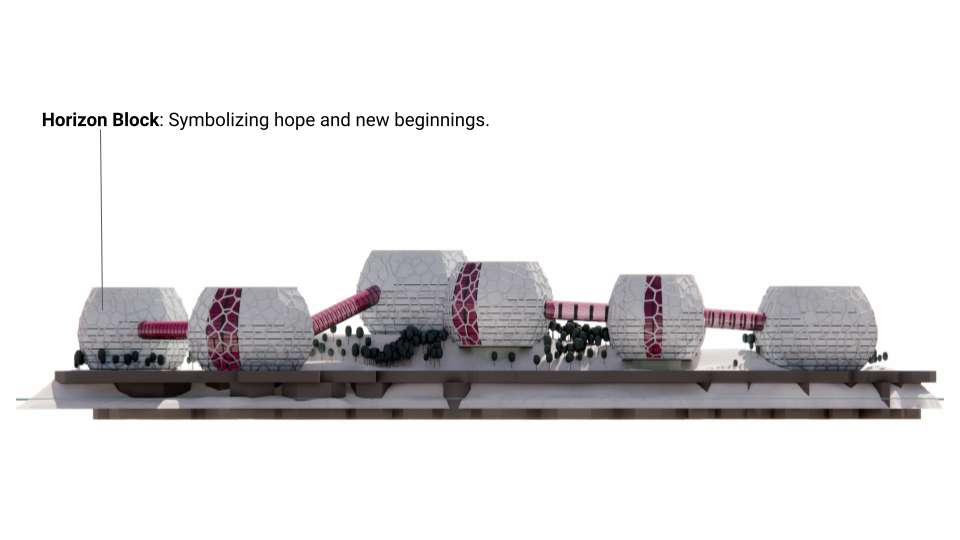
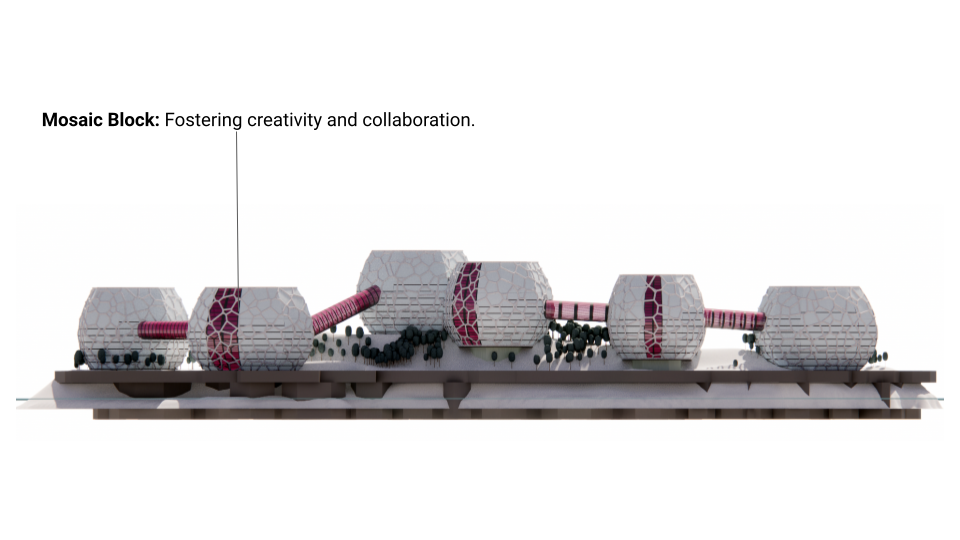
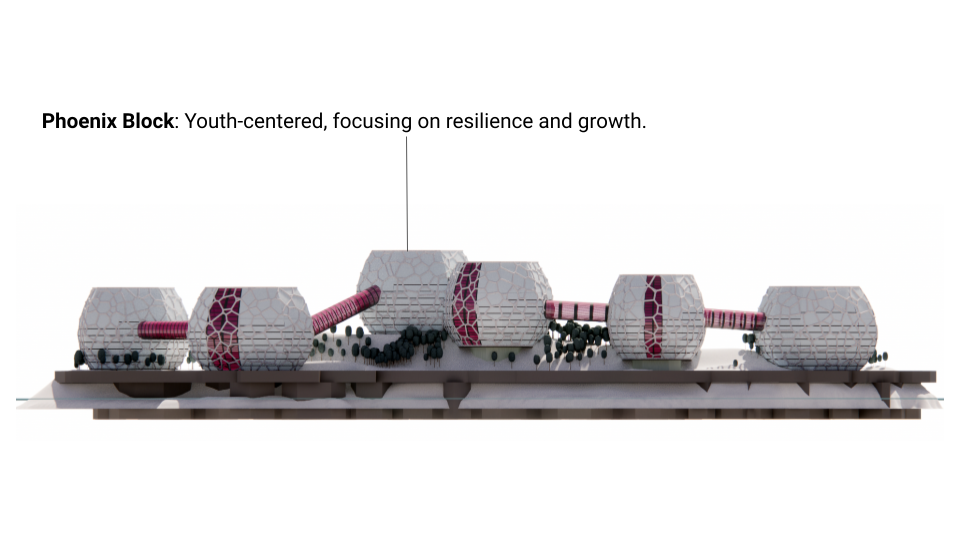
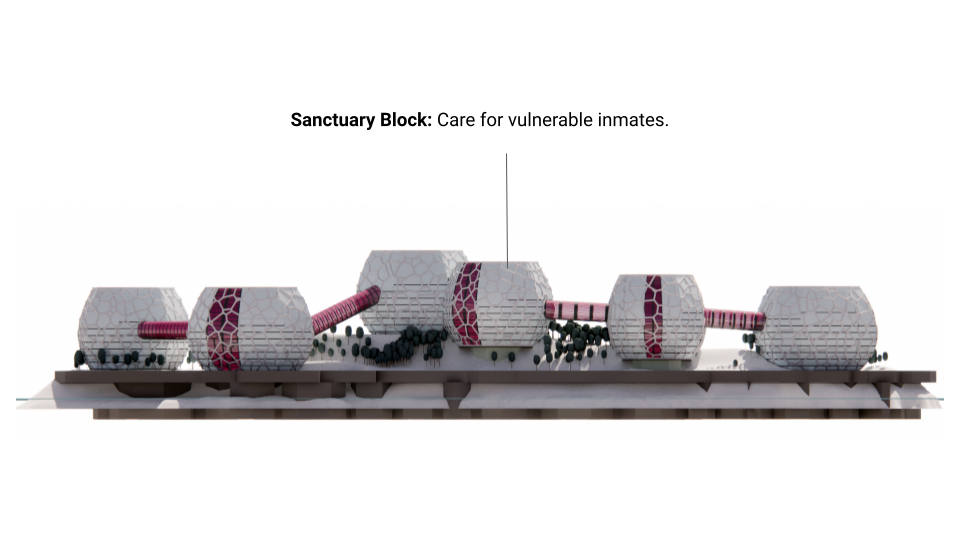
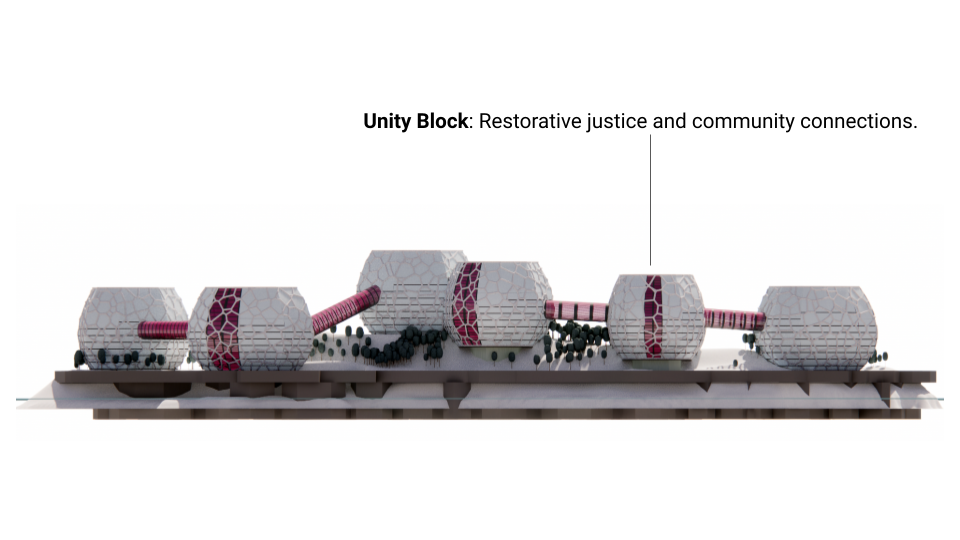
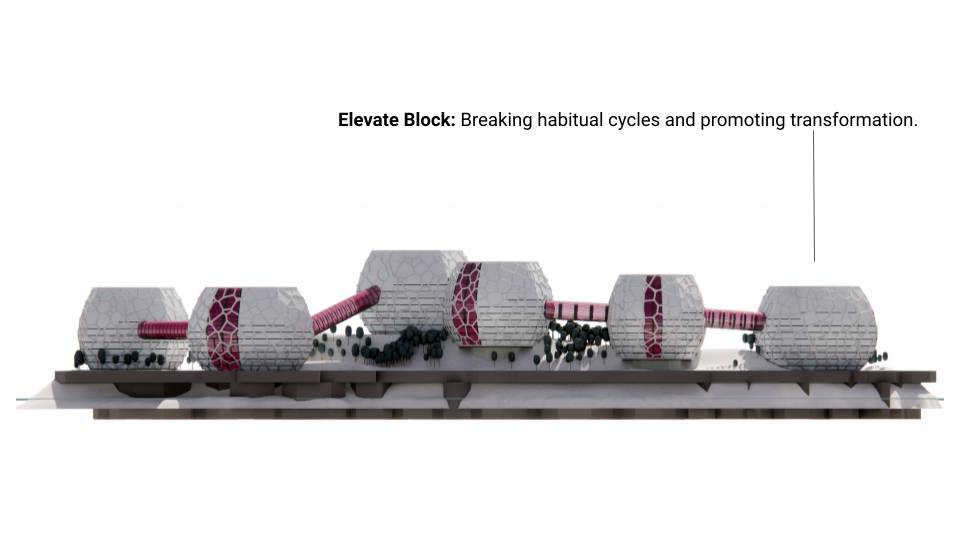
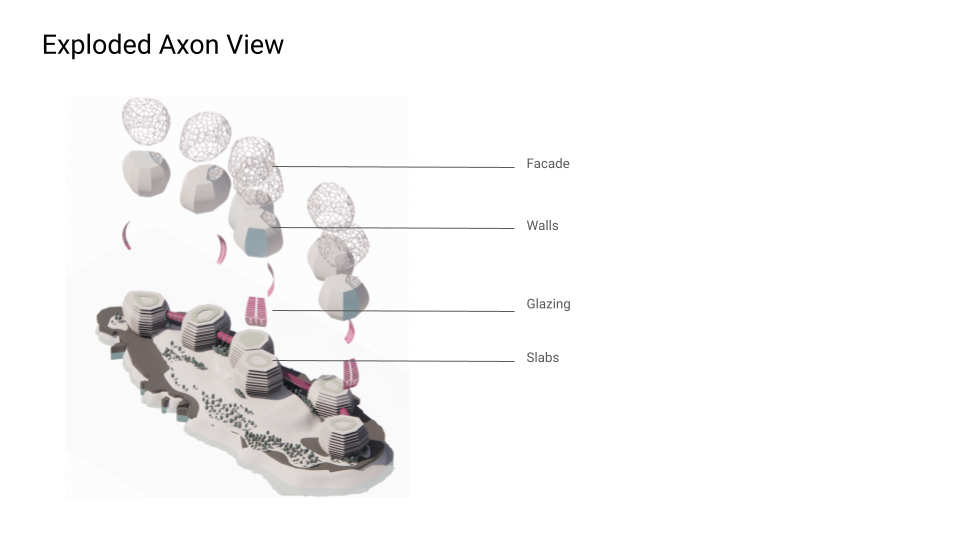
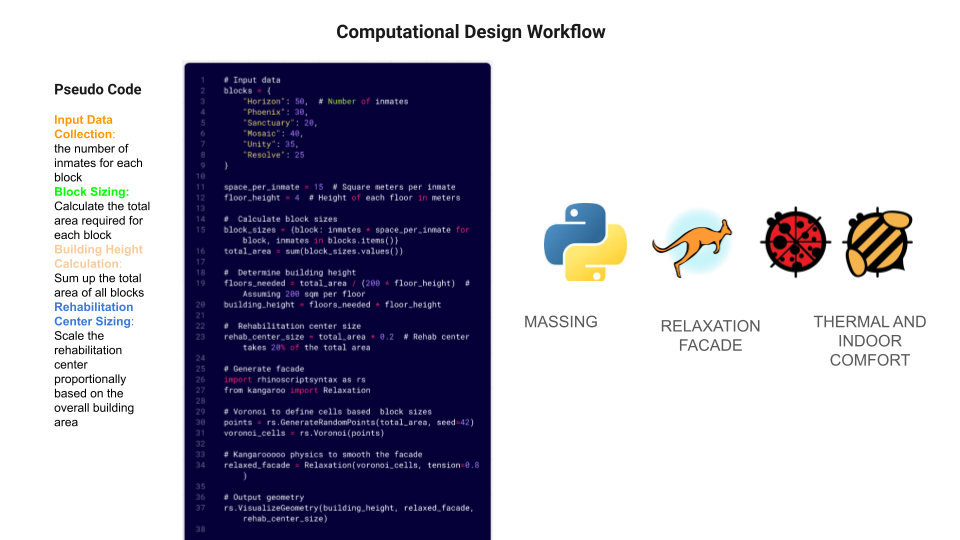
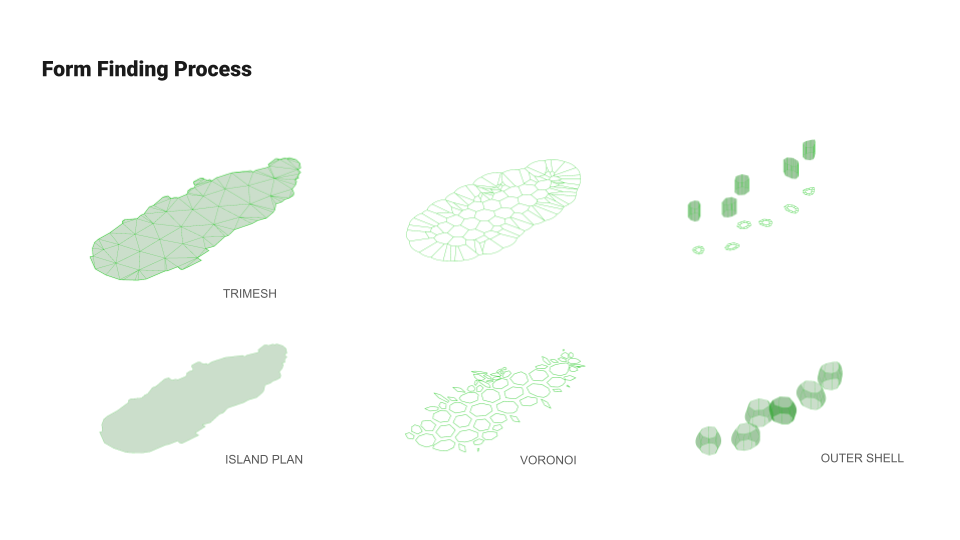
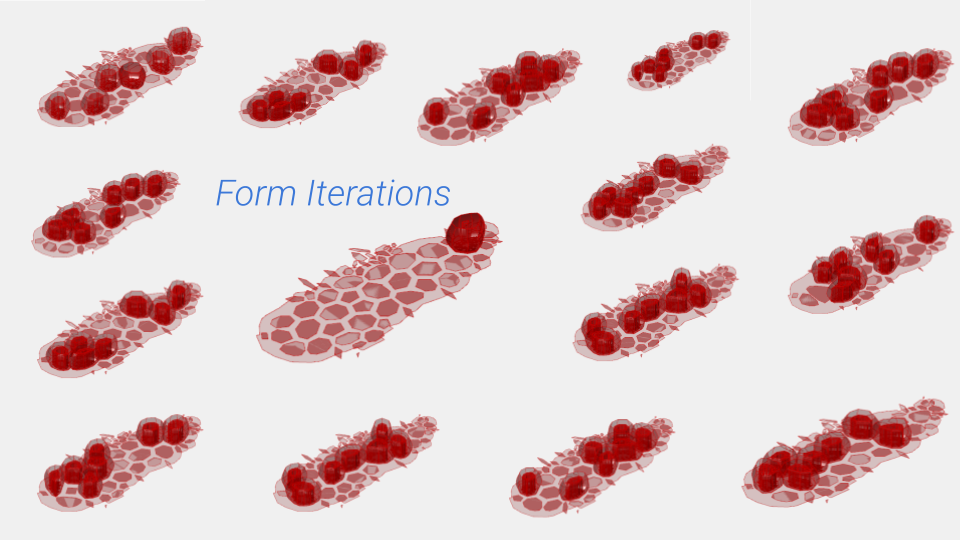
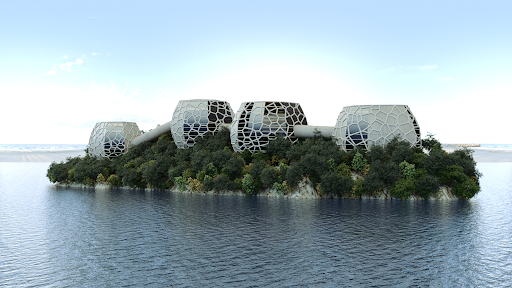
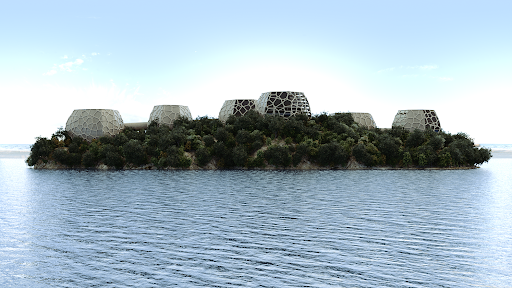
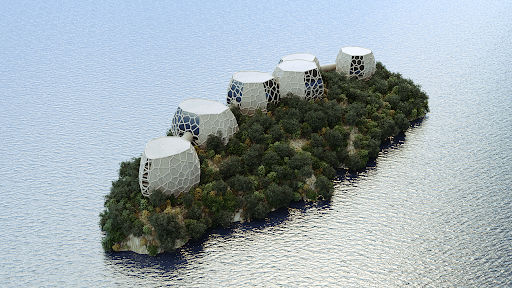
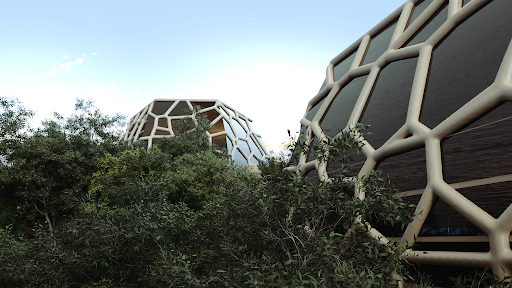
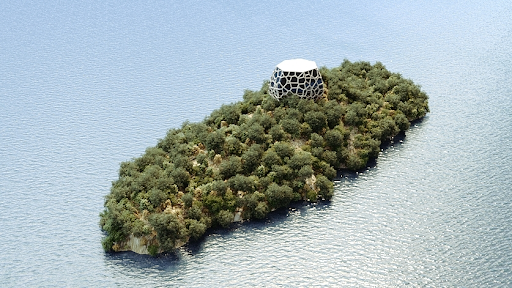
Conclusion
This innovative approach transforms a once punitive space into one that nurtures mental well-being and fosters community engagement. By leveraging parametric tools and advanced algorithms, the design not only optimizes spatial relationships and environmental conditions but also creates therapeutic spaces that prioritize natural light, ventilation, and comfort. Ultimately, Project HOPE aims to set a new benchmark for correctional facility design, one where architecture acts as a catalyst for positive change and a more compassionate approach to incarceration. Furthermore, as illustrated by the final image of a single module, this design strategy has the potential to reduce the scale of correctional facilities overall.

